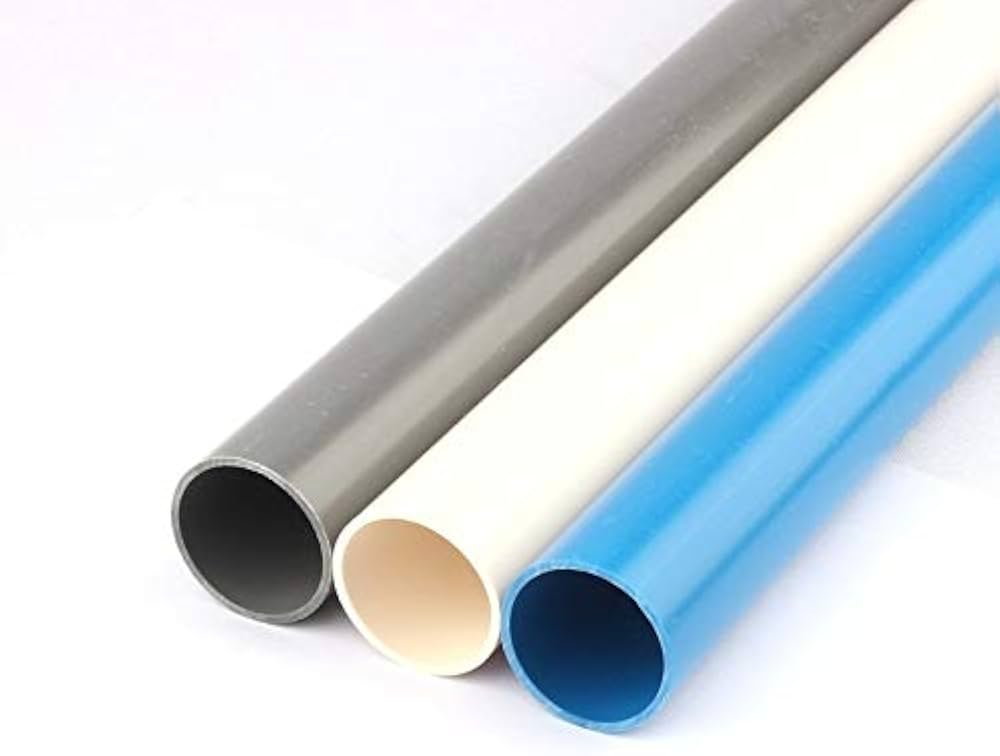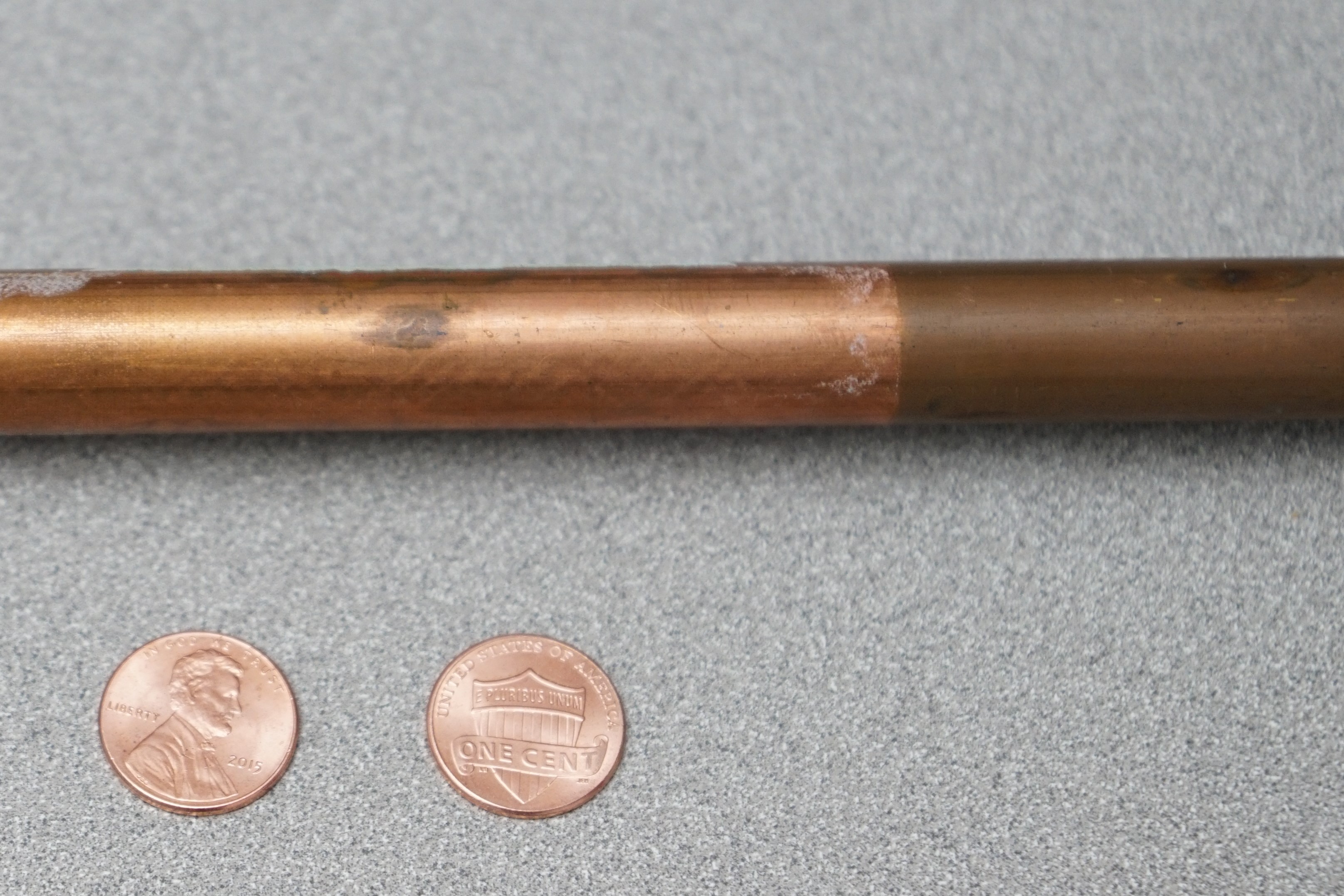If your service line is categorized as “non-lead”, it is likely made of plastic or copper. These materials are commonly used because they do not contain lead.
Materials can include:
Plastic
Plastic is typically a less expensive option. Plastic service lines are not associated with increased risk of lead.

Copper
Copper is used in most service line replacement. Copper service lines are considered safe because they are not associated with increased health risks.

What to do if you service line is categorized as ‘Non-lead’
Begin flushing your pipes. Do it every day.
“Flushing” means running fast, cold water from a tap. It’s the simplest way to get rid of water that has been sitting in pipes. It’s a proven way to reduce the risks associated with lead plumbing.
If you haven’t used water for 6 hours or more, you should flush your pipes. For most people, this is first thing in the morning when you wake up, or when you come home after school or work.
Instructions:
- Turn on the cold water at a kitchen sink. Open the cold water, all the way.
- Run water from the faucet for 3–5 minutes.
Watch this video to learn how and why to flush your pipes:
No other action is recommended for this property at this time.
Questions?
Contact: ServceLineMap@phila.gov or (215) 683‑6300.